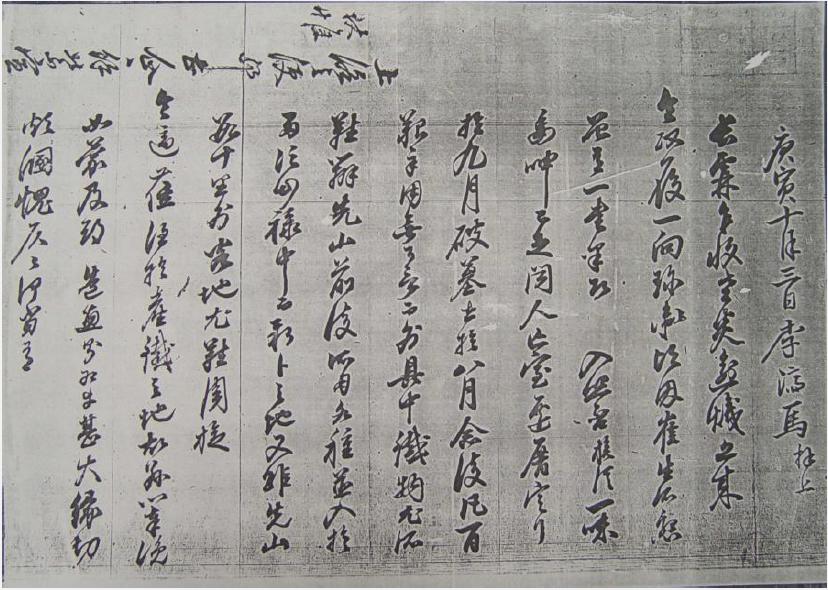What is Korean Traditional Medicine?
Unique Historical and Cultural Roots
|
As a small country directly adjacent to the empire of China, Korea was historically influenced by its culture and medicine. However, there are numerous intrinsic aspects of Korean culture and medical traditions that developed in Korea itself, which reflect its own unique history as a crossroad between various other cultures. Early Korean medicine, for example, was greatly influenced by India as well, which brought herbal medicine along with Buddhist tradition to Korea. Among the various medical influences, the Indian Aryuvedic constitutionally-based medical approach planted the seeds for the establishment of Lee Jae Ma’s Sasang Medicine, a method that is widely practiced in Korea today.
The Korean story of creation, which offers the very first reference to herbal medicine in its history, involves the tale of a bear and tiger who were given the chance to become human if they survived 100 days in a freezing cave with just 20 cloves of garlic, and one bundle of sage. With garlic as an herb to warm the body and sage to promote fertility, this story attests to the fact that Korea has always regarded the use of herbal medicine as a central part of its existence. The first recorded Korean Medical texts entitled, A Collection of Formulas from the Korean Elders, written during the Goguryeo Dynasty (37 BC – 668 AD) and the Revised Collection of Baekje Formulas, written during the Baekje Dynasty (18 BC – 660 AD), both contain the use of numerous Korean herbal techniques to treat cancer, influenza, and other ailments. Following these texts came many others that, although they share numerous basis medical principles with China, add their own approaches to acupuncture and herbal treatment. The Dong Eui Bo Gam written primarily by Hur Jun in 1610, is a several thousand page commentary on the first comprehensive text of Chinese Medicine entitled, The Yellow Emperor’s Classic. It goes into extensive detail regarding each line of the Nei Jing, while providing further herbal and acupuncture remedies for a myriad of medical issues. Korean Traditional Medicine is alive and well as it is practiced widely both within and outside of Korea today. One of its greatest contributions, the Sasang Medical approach, is quickly gaining in popularity among Oriental Medical practitioners throughout the world. |
The Sasang medical system is based on the theory that each individual is born with varying emotional and physical strengths and weaknesses depending on his/her body type. In Sasang Medicine, each organ is associated with a different emotion. Stronger emotional tendencies correlate with stronger organs while weaker inclinations are associated with weaker organs. Each body type is therefore born with weaker and stronger organs depending on their emotional tendencies. The relative strength of our organs has a direct influence on how we reaction to stress and illness. It also determines which areas of our body are physically stronger and weaker.
The Korean word ‘Sasang’ means ‘Four Types’ in English. It signifies the classification of all people into four major body types. This medical system was first established by a Korean doctor named Lee Jae Ma (1837-1900), who was well versed in the Oriental medical tradition, a system that focuses on the balance of Yin and Yang energy to treat emotional and/or physical illness. He was distraught by the fact that certain patients who suffered from the same symptoms improved quickly, while others suffered longer despite adequate treatment. The development of Sasang Medicine was based on his ability to cater to these differences while emphasizing the unique constitutional structure of each patient. In a nutshell, Sasang Medicine is a branch of Oriental Medicine that focuses treatment on the individual rather than the disease. |
Proudly powered by Weebly
